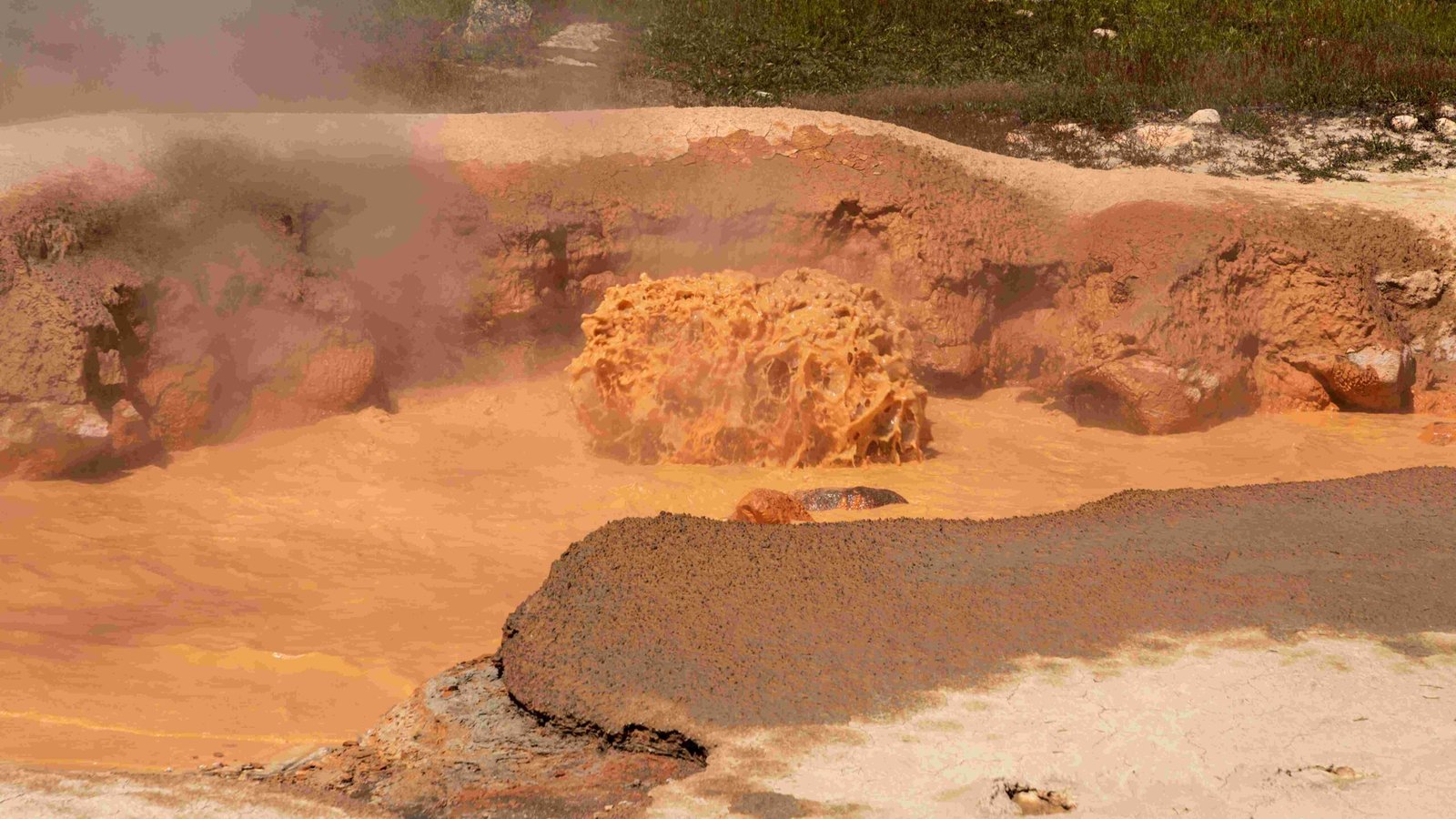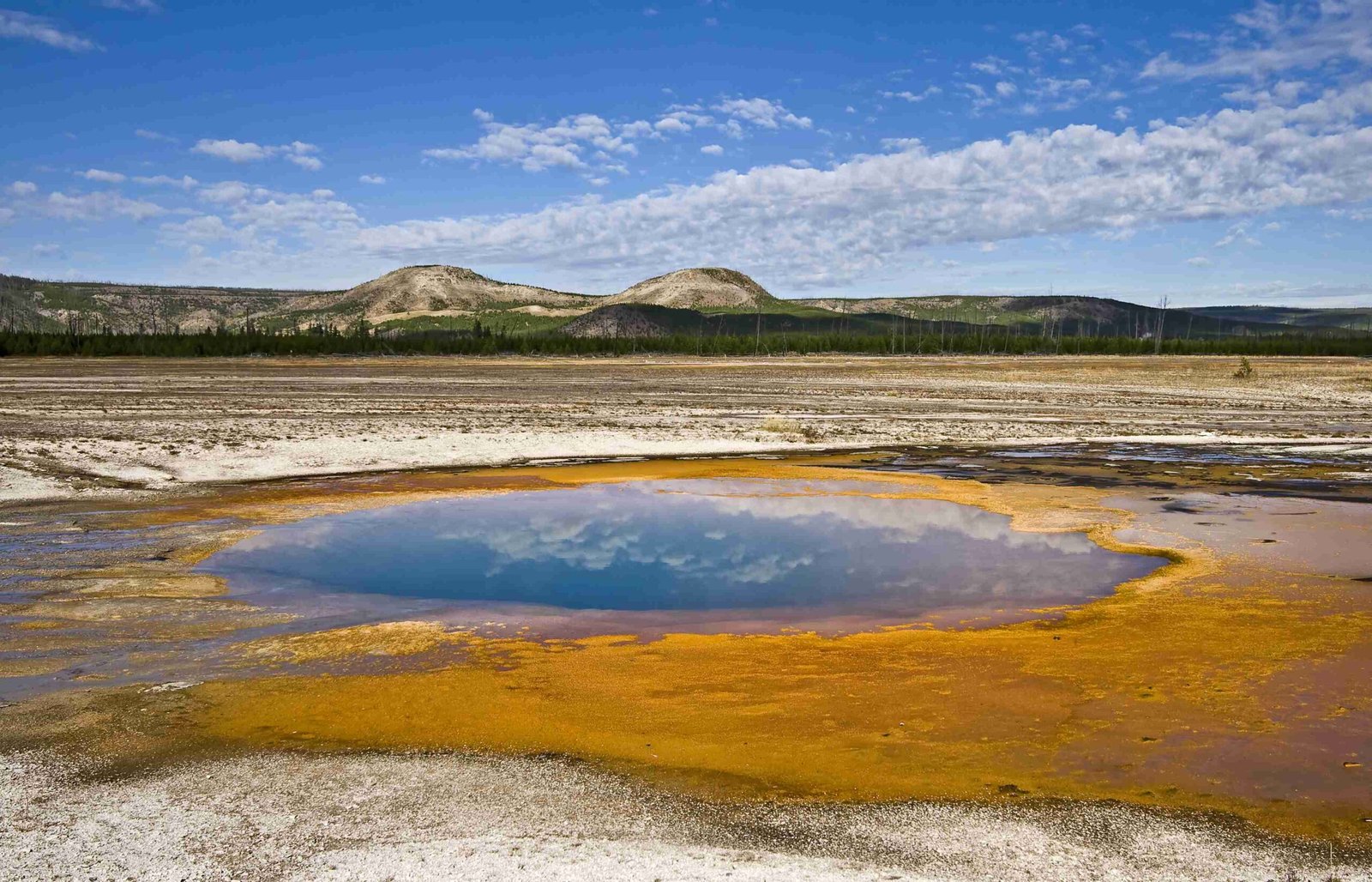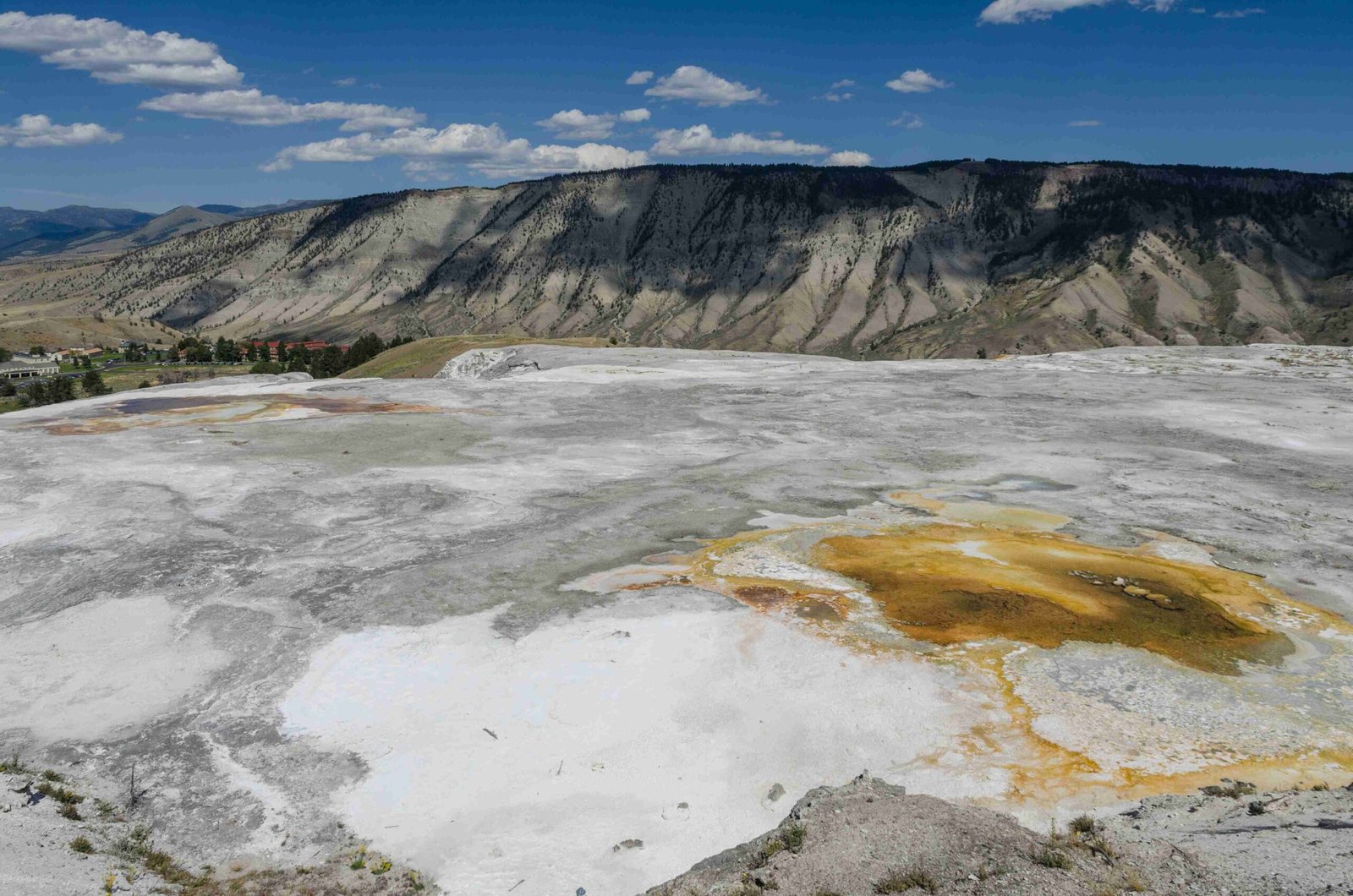Yellowstone National Park offers an unparalleled self-drive experience, allowing visitors to explore its diverse landscapes, geothermal wonders, and abundant wildlife at their own pace. With over 300 miles of paved roads, the park is ideal for a self-guided tour. This guide provides comprehensive information on recommended routes, key attractions, and essential tips for planning your self-drive adventure in Yellowstone, ensuring you make the most of your visit to this iconic national park.
What Are the Best Self-Drive Routes in Yellowstone National Park?

Yellowstone National Park offers several self-drive routes that showcase its diverse landscapes and attractions. Here are the top recommended routes:
Grand Loop
- Distance: 142 miles
- Estimated Time: 2-3 days
- Notable Landmarks:
- Old Faithful
- Midway Geyser Basin
- Norris Geyser Basin
- Mammoth Hot Springs
- West Thumb Geyser Basin
- Hayden Valley
- Tower Fall
- Grand Canyon of the Yellowstone
The Grand Loop follows the figure-eight shape of Yellowstone’s main roads, allowing you to visit many of the park’s highlights. This route is ideal for those who want to see as much as possible in a few days.
Lower Loop
- Distance: 96 miles (plus additional miles to and from the entrance)
- Estimated Time: 1-2 days
- Notable Landmarks:
- Old Faithful
- Norris Geyser Basin
- Artists Paintpots
- Midway Geyser Basin
- Grand Prismatic Spring
- West Thumb Geyser Basin
- Bridge Bay
- Fishing Bridge
- Grand Canyon of the Yellowstone
- Hayden Valley
The Lower Loop covers some of the park’s most beloved features and is a great option for seeing geysers, wildlife, and other attractions in a shorter timeframe.
What Are the Must-See Stops on a Self-Drive Tour?

When planning your self-drive tour of Yellowstone, make sure to include these essential stops:
- Old Faithful
- Iconic geyser with regular eruptions
- Visitor center, restrooms, food, and lodging available
-
Accessible boardwalks and paths
-
Grand Prismatic Spring
- Largest hot spring in the United States
- Known for its vibrant colors
-
Viewing platforms and boardwalks available
-
Hayden Valley
- Excellent spot for wildlife viewing
- Opportunities to see grizzly bears, wolves, and elk
-
Multiple pull-outs and parking areas along the road
-
Mammoth Hot Springs
- Complex of hot springs and travertine formations
- Visitor center, restrooms, food, and lodging available
-
Accessible boardwalks and trails
-
Grand Canyon of the Yellowstone
- Spectacular canyon with two major waterfalls
- Multiple viewpoints and hiking trails
- Visitor center and picnic areas available
How Can You Plan an Optimal Self-Drive Itinerary?
To make the most of your self-drive experience in Yellowstone, consider the following tips:
Best Time to Visit
- Summer (June to August): All roads are open, but it’s the peak tourist season
- Spring (April to May) or Fall (September to October): Fewer crowds, but some roads may still be closed
Sample 3-Day Itinerary
| Day | Activities |
|---|---|
| 1 | Enter the park and start the Grand Loop. Explore Upper Loop attractions: Mammoth Hot Springs, Tower Fall, Grand Canyon of the Yellowstone |
| 2 | Continue on the Grand Loop, visiting Lower Loop attractions: Old Faithful, Midway Geyser Basin, Grand Prismatic Spring |
| 3 | Complete the Grand Loop, stopping at missed attractions and exploring Hayden Valley for wildlife viewing |
Important Considerations
- Check road conditions before your trip, especially in spring and fall
- Visit popular spots early or late in the day to avoid crowds
- Be cautious of wildlife, particularly in areas like Hayden Valley
- Bring plenty of water, snacks, and a first-aid kit
- Fill up your gas tank before entering the park
What Resources Are Available for a Self-Drive Tour?
To enhance your self-drive experience, consider using the following resources:
- Action Tour Guide
- Self-guided audio tour with over 140 stories
- Covers the entire Grand Loop
-
Cost: Approximately $20-$30 per car
-
GaperGuide
- Dashboard-mounted GPS units with prerecorded audio
-
Cost: $45 per day
-
Yellowstone National Park Official App
- Free app with offline maps, geyser predictions, and park information
-
Available for iOS and Android devices
-
Yellowstone National Park Visitor Guide
- Free printed guide available at park entrances
- Includes maps, safety information, and attraction details
How Can You Ensure a Safe Self-Drive Experience in Yellowstone?
Safety should be a top priority during your self-drive tour of Yellowstone. Follow these guidelines:
- Obey speed limits and watch for wildlife on roads
- Stay on designated roads and parking areas
- Maintain a safe distance from wildlife (at least 100 yards from bears and wolves, 25 yards from other animals)
- Carry bear spray and know how to use it
- Stay on boardwalks and marked trails in thermal areas
- Be prepared for sudden weather changes
- Carry a physical map as cell service is limited in the park
By following these tips and utilizing the available resources, you can create an unforgettable self-drive experience in Yellowstone National Park, witnessing its natural wonders and diverse wildlife in a safe and enjoyable manner.

